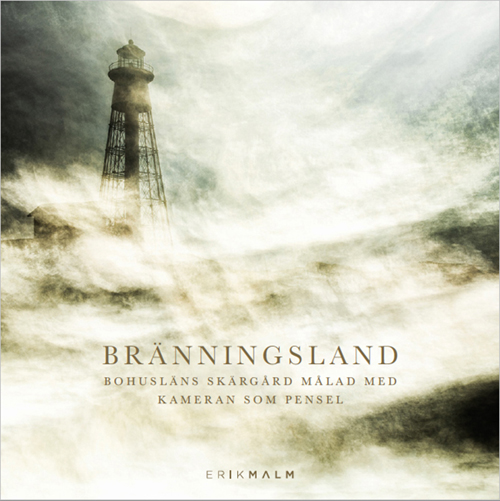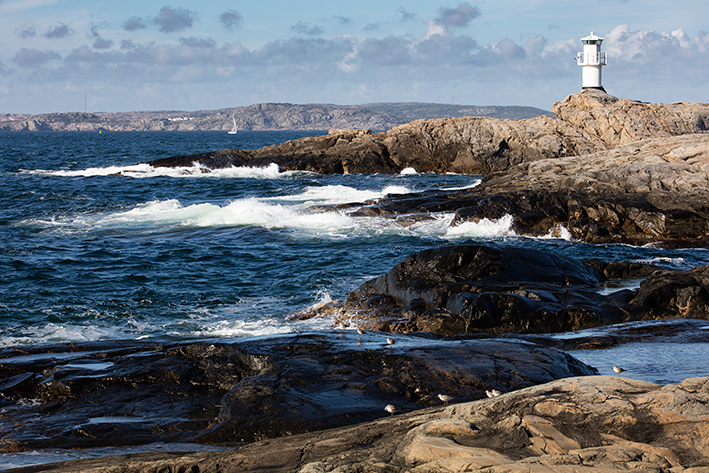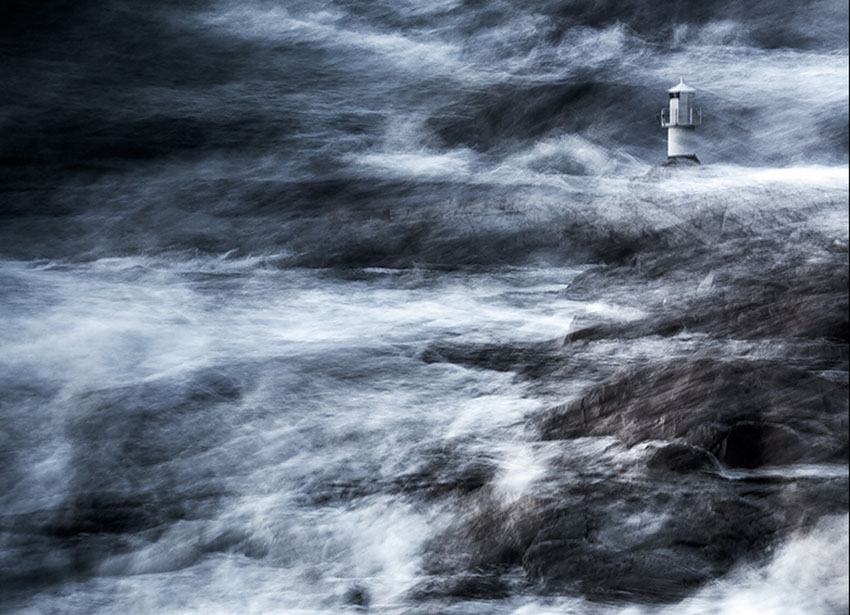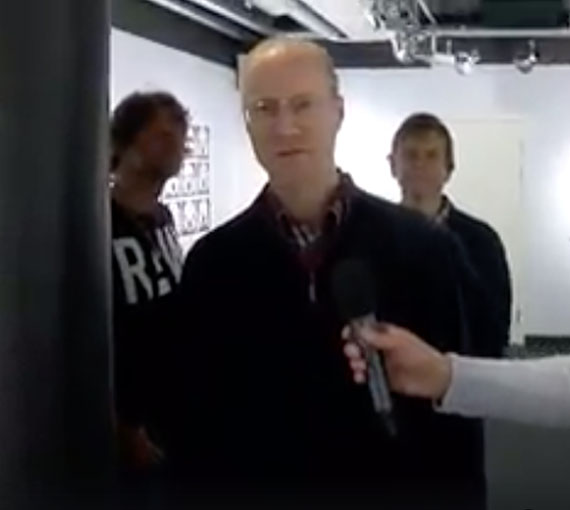UTSTÄLLNING & BOKSLÄPP 24-28 juli 2021, "Bränningsland"
Plats: Galleri Tärnan i Nösund på Orust.
Öppet kl 14-19
Den nya "praktkonstfotoboken", "Bränningsland - Bohusläns skärgård målad med kameran som pensel", kommer att premiärvisas och på väggarna kommer det hänga några exklusiva Fine Art Prints ur samma bok!
Varmt välkomna!
New book & webshop!

Today we open a brand new Shop on this site. Here you will find books and exclusive Fine Art Prints in limited editions and maybe more products later on.
Erik about ICM
To get an idea of what the intentional Camera Movement technique can create, the first image shows the reality scene, shot in traditional documentary style. Following images are made with a handheld camera and camera movements. The ICM technique also makes it impossible to repeat exactly the same result as should happen if you had the camera on a tripod and used traditional, documentary technique. Every image will then be unique.
Erik Malm is specialized in the "camera painting" technique, also called "Intentional Camera Movement (ICM)", where he moves the camera in different ways during longer exposure times. He has also made an effort to develop this technique, which gives the results shown in this Portfolio. With this perfection, he has created an unique nisch between traditional painting and photography. Except when he uses the heaviest/longest lenses, he always handholds his cameras and uses exposure times from approx 1/30 of a second up to 30 seconds, sometimes even longer. Of course this technique is not the goal in itself, just a way to reach the wanted artistic expression. In the computer, in the post process, adjustments of contrasts and colour saturation is made.


Swedish television
Swedish television records HAM at the opening of their exhibition Essence at Naturfotografiska.
> Check it out

